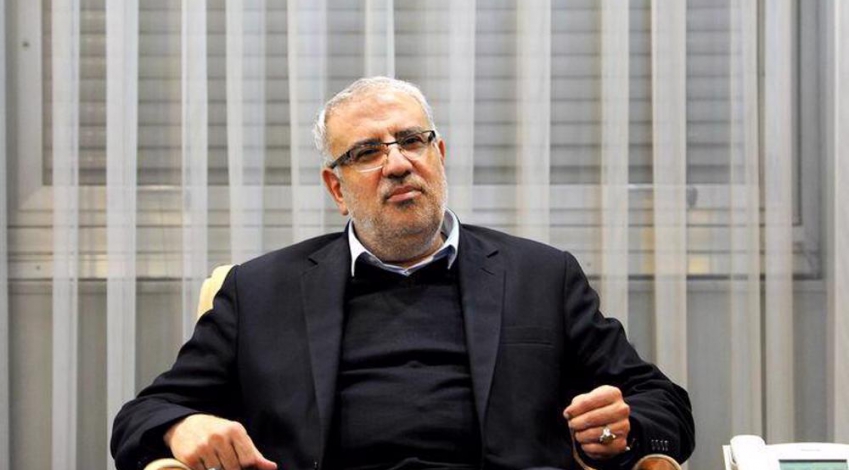Wednesday 16 March 2022 - 22:59
Story Code : 394500
Iranís floating crude storage cut by 20 mln barrels: Minister
Owji said on Wednesday that Iran had managed to find a way around its burgeoning condensate inventory levels by supplying them to refineries and petrochemical plants inside Iran.
Condensate is a very light from of crude and is a byproduct of natural gas extraction.
Sanctions imposed by the United States on Iranís exports of crude have forced the country to keep its condensate in a number of onshore storage facilities or onboard tankers stationed in the Persian Gulf.
The Iranian government issued permissions for purchase of 12 VLCCs last year†to accommodate the anticipated oversupply of condensate over the winter.
Speaking in an interview with Iranís Fars news agency, Owji said that none of those permissions for tanker purchases had been used and Iran had even drawn 20 million barrels from the floating inventories to use them as feedstock in refineries and petchem plants.
He said that Iran could have been faced with a much larger surplus of condensate over the winter months as the country ramped up its production of natural gas to record levels to respond to a growing demand for heating in the country.
Experts say Iranís floating crude inventories could facilitate its return to the oil markets once the sanctions are lifted from the country as a result of ongoing efforts to revive an international nuclear agreement.
Estimates suggest Iran would add some 1 million barrels per day of crude and condensate to the global markets within six months of the revival of the nuclear deal.
By PRESS TV
# Tags











